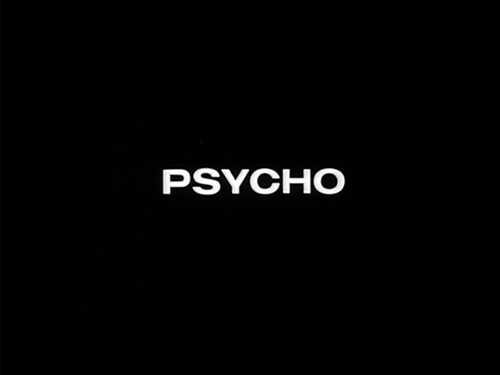Through the Looking Glass
- Swapping Loyalties
- Mirrors
Committing Crime and Exacting Punishment
- Rear Window
- Vertigo
- Psycho
Bombarding the Bombshell
Conclusion
References
Introduction

Psycho (1960) Black and White, 109 minutes
- Produced by Alfred Hitchcock/Shamley Productions
- Screenplay: Joseph Stefano, based on the novel by Robert Bloch
- Music: Bernard Herrmann
- Director of Photography: John L. Russell
- Art Director: John Hurley and Robert Clatworthy
- Set Decorator: George Milo
- Unit Manager: Lew Leary
- Edited by George Tomasini
- Costume Supervisor: Helen Colvig
- Make-up Supervision: Jack Barron and Robert Dawn
- Hair Stylist: Florence Bush
- Special Effects: Clarence Champagne
- Sound Recording: Wladon O Watson and William Russell
- Title Designer/Pictorial Consultant: Saul Bass
Alfred Hitchcock's Psycho has been hailed the film that kick-started the slasher-flick genre. In the realm of film analysis, it also functions as an exercise in making the audience's understanding of the supposedly concrete rules of film plot, and story into subjective misconceptions. Psycho accomplishes this goal through its mise-en-scene, music, hindering of the self-reflexive relationship between audience and character, the distortion and illusory presentation of time, as well as the metafictional relationship between itself and films both preceding and after it. Such descent into the subjective separates the audience from their very understanding of the wall between reality and illusion. Žižek’s interpretation of phallic anamorphosis serves as groundwork for understanding how metaphorical filmmaking aids the separation and clarifies how Psycho’s rotted-out and sexualized American Dream is no different from the cliche concept of a lover, financial security, and a home to hide both away in. With subjectivised reality comes thoughts of Lewis Carroll’s Through the Looking Glass (and what Alice Found There), as the fallibility of our own image/vision/logic is a common denominator between the two works.